A major study was undertaken by a member of BVST, the Austrian shading association, to calculate the CO2 footprint for external venetian blinds.
This particular sun protection device is popular in central Europe mainly because of its flexibility in controlling the energy and entry of light depending on the day and the season. It is now also becoming recognised in the UK as essential for passive house and low energy compliance.
The study showed that an external venetian blind will save around 8.5 tonnes of CO2 over its life cycle – and yet creates only 150 kg of CO2 from production to disposal.
This means that it saves nearly 60 times its CO2 emissions footprint over a typical 20-year life.
These significant savings are derived from three factors:
Firstly in the summer the venetian blind reduces the solar heat very effectively, so that the need for mechanical cooling (with correspondingly high CO2 emissions) is mitigated or even negated.
Secondly, in cold weather during the day the blind can be raised to allow the sun's warming rays into the interior and then lowered at night in the closed position, to reduce heat losses. A zero-energy building or passive house that covers 20% or more of its heating.
Thirdly with this blind type natural daylight can be harvested as a free energy light source that can, for example, reduce the power required for lighting in offices and schools by up to 80%.
Footprint of a Venetian Blind
A major study was undertaken by a member of the BVST to calculate the CO2 footprint for venetian blinds. This particular sun protection device is popular in central Europe mainly because of its flexibility in controlling the energy and entry of light depending on the day and the season. According to the Institute of Applied Logistics (IAL) at the University of Applied Sciences Würzburg-Schweinfurt, a venetian blind will save around 8.5 tonnes of CO2 over its life cycle – and yet creates only 150 kg of CO2 from production to disposal.
This means that it saves nearly 60 times its CO2 emissions footprint over a typical 20-year life. The study was commissioned by Warema from Marktheidenfeld and the calculation was carried out according to international performance measurement standards.
These significant savings are derived from three factors:
Firstly in the summer the venetian blind reduces the solar heat very effectively, so that the need for mechanical cooling (with correspondingly high CO2 emissions) is mitigated or even negated.
Secondly, in cold weather during the day the blind can be raised to allow the sun's warming rays into the interior and then lowered at night in the closed position, to reduce heat losses. A zero-energy building or passive house that covers 20% or more of its heating.
Thirdly with this blind type natural daylight can be harvested as a free energy light source that can, for example, reduce the power required for lighting in offices and schools by up to 80%.
Gerstmann concludes: "The result of these studies demonstrates the enormous energy saving potential of external shading. It also highlights just how important variable shading systems are f CO2 Footprint of a Venetian Blind.
Sustainable Shading
A major study has been undertaken by a member of the Austrian Trade Association, BVST, to calculate the CO2 footprint for external venetian blinds. According to the Institute of Applied Logistics (IAL) at the University of Applied Sciences Würzburg-Schweinfurt, an external venetian blind will save around 8.5 tonnes of CO2 over its life cycle – and yet creates only 150 kg of CO2 from production to disposal.
This means that it saves nearly 60 times its CO2 emissions footprint over a typical 20-year life.
The study was commissioned by Warema from Marktheidenfeld and the calculation was carried out according to international performance measurement standards.
These significant savings are derived from three factors:
Firstly in the summer the venetian blind reduces the solar heat very effectively, so that the need for mechanical cooling (with correspondingly high CO2 emissions) is mitigated or even negated.
Secondly, in cold weather during the day the blind can be raised to allow the sun's warming rays into the interior and then lowered at night in the closed position, to reduce heat losses. A zero-energy building or passive house that covers 20% or more of its heating.
Thirdly with this blind type natural daylight can be harvested as a free energy light source that can, for example, reduce the power required for lighting in offices and schools by up to 80%.
Gerstmann concludes: "The result of these studies demonstrates the enormous energy saving potential of external shading. It also highlights just how important variable shading systems are for our climate zones to regulate the heat like a thermostat at the window. Similarly they act like a dimmer switch to the control the entry of light."
or our climate zones to regulate the heat like a thermostat at the window. Similarly they act like a dimmer switch to the control the entry of light."
For more details please visit www.hallmarkblinds.co.uk or contact info@hallmarkblinds.co.uk
Construction News
13/05/2014
Lower Your CO2 Footprint With Sustainable Shading

13/06/2025
A vital piece of Peak District railway infrastructure is set to receive a major upgrade this summer, as Network Rail announces a £7.5 million investment into one of Chapel Milton's iconic twin Victorian viaducts.
The 160-year-old, 15-arch structure plays a critical role in the UK's freight network,

13/06/2025
Morgan Sindall Construction has revealed plans to expand its operations in South Yorkshire, building on its strong delivery record in West Yorkshire and aligning with the goals of the newly launched Great North initiative.
Backed by northern regional mayors, the Great North initiative aims to unloc
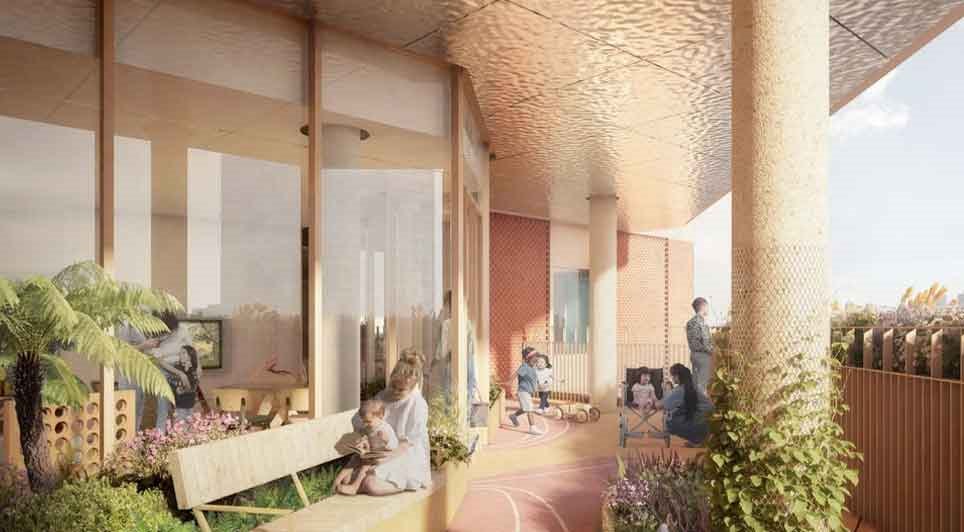
13/06/2025
Construction has officially commenced on the new Children's Cancer Centre (CCC) at Great Ormond Street Hospital for Children (GOSH).
Led by long-term design partner BDP, the new centre is one of the most ambitious projects in GOSH's history. The firm is overseeing architecture, landscape, engineeri
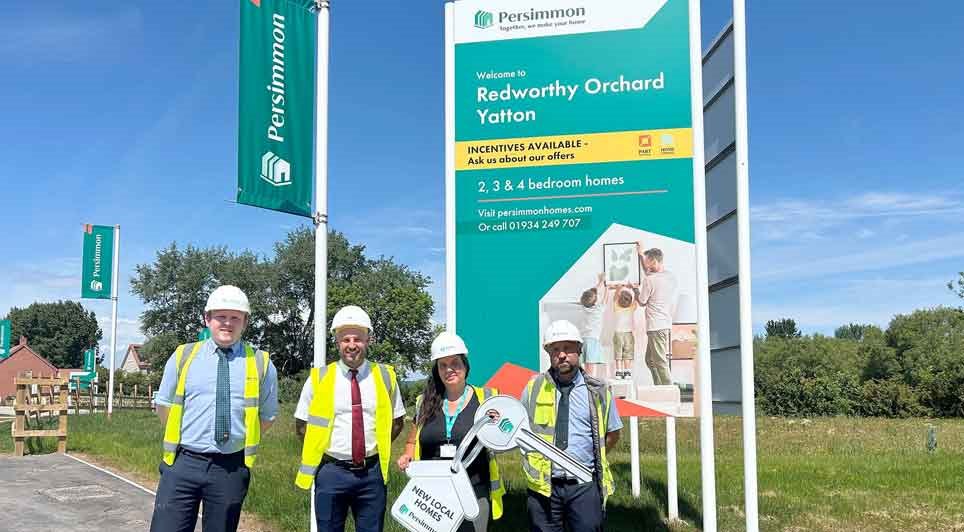
13/06/2025
The developer behind the Redworthy Orchard scheme in Yatton has handed over the first homes to a local housing association as part of a wider plan to provide affordable housing in the area.
Persimmon Homes Severn Valley has transferred four new properties to Alliance Homes, a move set to ease press

13/06/2025
Wynne Construction has been awarded two major design and build contracts worth over £20 million by Adra to deliver nearly 100 new social homes across North Wales.
Construction is already underway at the first site on Berse Road, Wrexham, where Wynne began work in March on a £9 million, 47-home soci

13/06/2025
Great Places Housing Group has officially broken ground on its landmark £37 million LGBTQ+ majority Extra Care housing scheme in Whalley Range, marking the start of construction during Pride Month.
The scheme, hailed as the UK's first purpose-built Extra Care development of its kind, is being deliv

13/06/2025
Henry Boot PLC has announced that its property investment and development arm, HBD, has completed the sale of TWO45, a multi-let industrial-led business park in Skelmersdale, to a European real estate developer for £9.5 million.
Located on a 10-acre site just minutes from the M58 and M6 motorways,
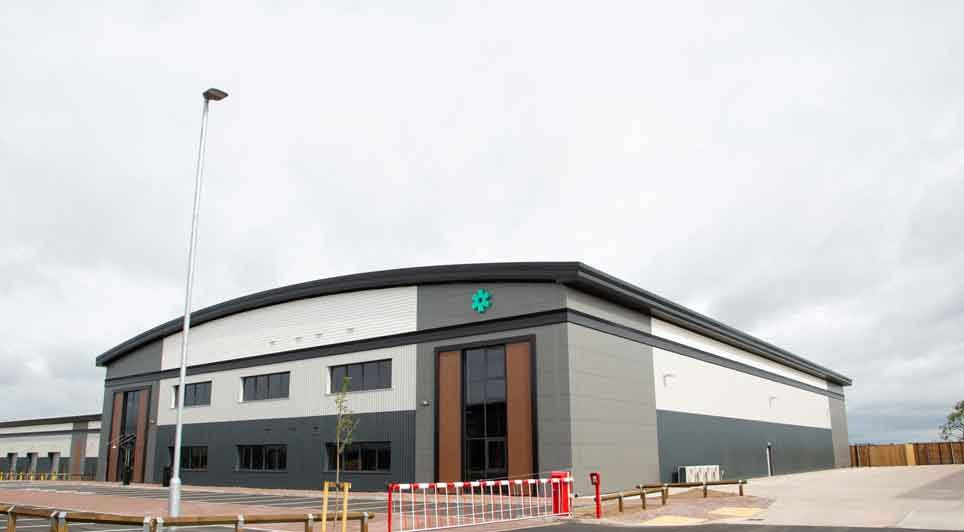
13/06/2025
Clowes Developments has announced the successful letting of Unit 5A, a newly completed 27,000 sq ft industrial unit at Stud Brook Business Park, to Shawpak Ltd, a pioneering manufacturer of medical device packaging machinery.
Founded in Derby in 2013, Shawpak Ltd designs and produces a unique range
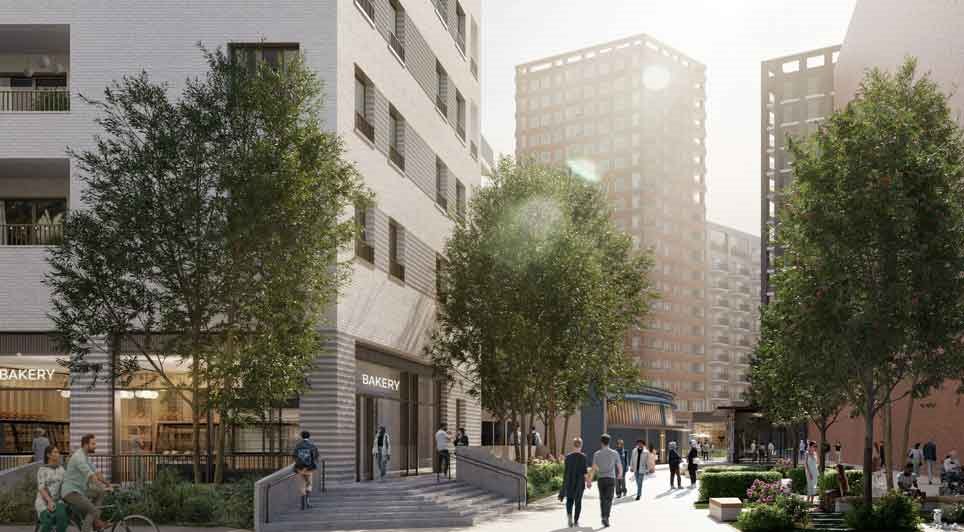
13/06/2025
The Hill Group and Legal & General (L&G) have announced a new partnership to deliver 200 affordable homes as part of the first phase of the £450 million City Centre South regeneration scheme in Coventry.
This marks the first time the two organisations have collaborated on a major residential devel
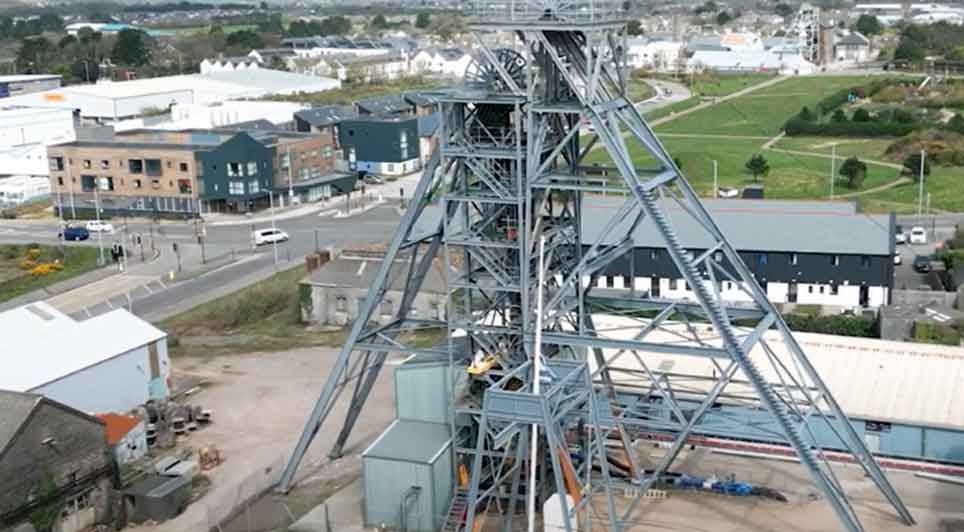
13/06/2025
The historic South Crofty tin mining project in Pool, Cornwall, is set to receive a significant boost after being awarded £4,190,500 through the Cornwall and Isles of Scilly Good Growth Programme, marking the largest single private sector investment by the programme to date.
Delivered by Cornwall C
 UK
UK Ireland
Ireland Scotland
Scotland London
London











